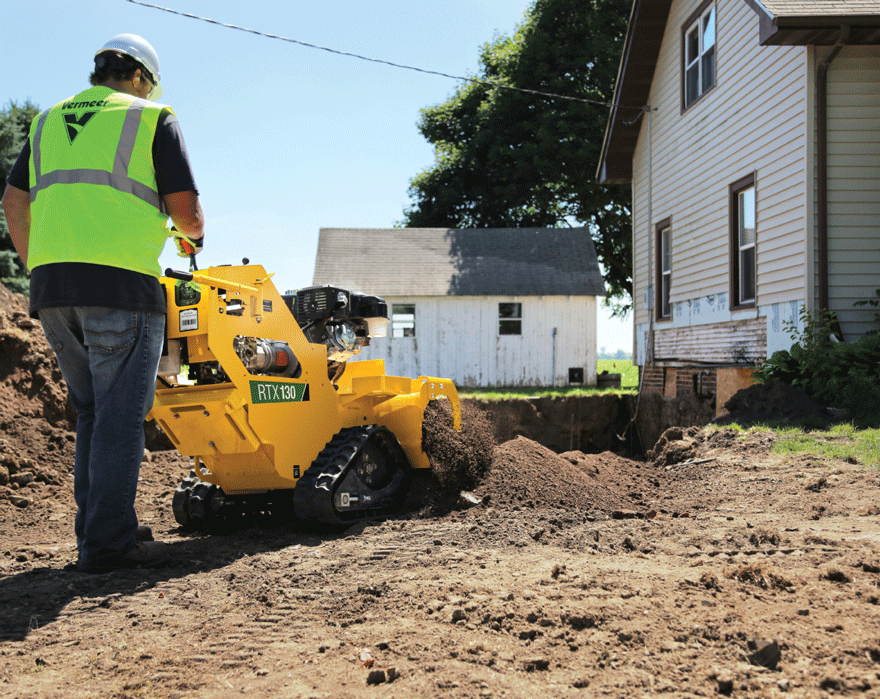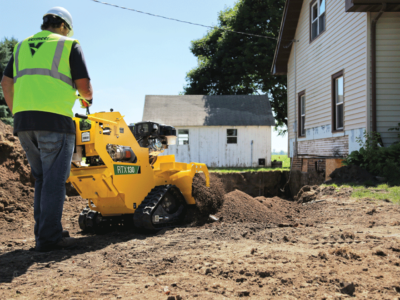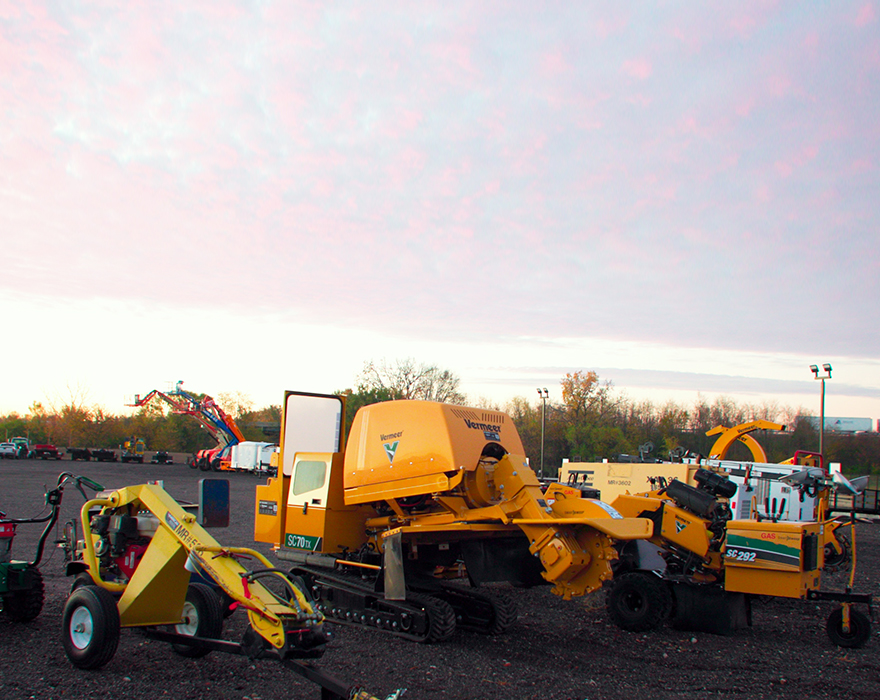Rental stores need to consider several factors when adding walk-behind trenchers (also known as pedestrian trenchers) to their landscape rental equipment offerings. Here are some frequently asked questions and answers that can guide this process.
1. What is the role of walk-behind trenchers in landscape projects?
Walk-behind trenchers are essential for various backyard home improvement projects. Popular uses include installing irrigation systems and burying shallow electrical lines for outdoor lighting. The demand for these machines in the landscape rental equipment sector has increased notably due to the rise in home entertainment and landscaping jobs.
2. What factors should I consider when evaluating my current fleet of pedestrian trenchers?
When assessing your fleet of walk-behind trenchers, consider factors such as model, boom size, chain type and undercarriage to best meet your customers’ needs. Even small configuration adjustments can significantly enhance a contractor’s rental experience. For example, an inappropriate chain configuration could extend the project duration significantly.
It’s also worth noting that many walk-behind trenchers available in today’s rental market are equipped with tracks. These are ideal for soft or sensitive ground conditions, providing flotation. They allow for better maneuverability and depth control in uneven terrains.
3. Who rents walk-behind trenchers and what are their common uses?
Pedestrian trenchers are often rented by professional contractors who undertake backyard renovation projects. The most common installations include waterlines for irrigation systems and electrical lines for outdoor lighting and power. Other uses include installing cable and fiber conduit, gas lines, shallow small-diameter drainage tile and digging perimeter footings.
4. Why would a professional landscape contractor rent a walk-behind trencher instead of buying one?
Renting a pedestrian trencher a few times a year may make more economic sense for landscape contractors specializing in lawn maintenance work and may offer additional irrigation or hardscape services when approached by an existing customer. Space constraints on jobsites may also lead contractors to prefer renting a compact walk-behind trencher rather than larger loaders.

5. How much horsepower do walk-behind trenchers offer?
The horsepower offered by pedestrian trenchers varies from around 13 hp to 25 hp (9.7 kW to 18.6 kW). The choice of model to offer customers depends on the area’s ground conditions, climate and rental customer mix.
6. What’s the right boom size to outfit a pedestrian trencher with?
Typically, pedestrian trencher booms are 24 in, 30 in, 36 in or 48 in (61 cm, 76.2 cm, 91.4 cm or 121.8 cm) in length. The choice of boom size depends on the soil conditions and the depth of the trench that needs to be dug.
7. How do I decide what kind of chain to outfit walk-behind trenchers with for the ground conditions?
Trench width is key when considering the chain for a pedestrian trencher. Typically, a chain configuration that provides the widest trench is ideal unless a specific application is known. Trenchers are designed to dig between 4 in and 8 in (10.2 cm and 20.3 cm) wide.
The type and pattern of teeth must also be chosen based on soil conditions. Cupping teeth scoop material, while rotary cutters break up solid material like rock. Soil chains use cupping teeth and rock chains use carbide-tipped teeth. Some configurations use a mix of both.
Tooth spacing affects digging performance. Closer spacing works well for challenging ground conditions, whereas broader spacing is efficient for soft grounds.
8. What features should I look for to deliver an optimal operator experience?
Look for intuitive and responsive trencher controls. Also, the weight and balance of the trencher can significantly impact its productivity in challenging soil conditions. Consider investing in optional accessories like a backfill blade and a boring attachment.
9. How can I help ensure a smooth rental experience for customers?
Always prioritize routine maintenance on these machines. When a walk-behind trencher is returned, inspect it to ensure everything is in good working order. Also, go over the controls and functionality of the trencher with the renter before it leaves the yard.
10. How can I drive repeat business through the door?
With a booming landscape market, retaining new customers should be a top priority. Optimizing the pedestrian trencher model for your customers’ needs and configuring it to match their working conditions are the best ways to deliver a positive rental experience and grow your customer base.
Contact your local Vermeer dealer today for more insights and details about optimizing your fleet with Vermeer pedestrian trenchers.
Vermeer Corporation reserves the right to make changes in engineering, design and specifications; add improvements; or discontinue manufacturing at any time without notice or obligation. Equipment shown is for illustrative purposes only and may display optional accessories or components specific to their global region. Please contact your local Vermeer dealer for more information on machine specifications. Vermeer and the Vermeer logo are trademarks of Vermeer Manufacturing Company in the U.S. and/or other countries.
© 2024 Vermeer Corporation. All Rights Reserved.

